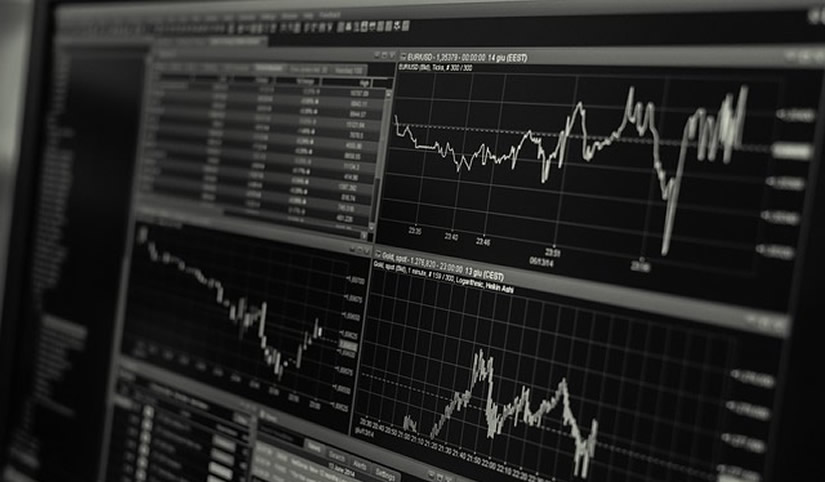The 1.190 level has been a tough nut to crack for EURUSD bulls.
On two separate occasions so far this quarter, the world’s most-traded currency pair only managed to breach but failed to secure a daily close above the psychological 1.190 mark.
Could the European Central Bank’s policy meeting provide that catalyst for euro bulls this week?
For context, central banks worldwide rolled out unprecedented levels of stimulus to support their respective economies at the onset of the pandemic. From bringing benchmark interest rates to record lows and buying up bonds, such measures helped cushion the pandemic’s impact on their respective economies. And now that the global economy is recovering, it’s time to consider reining back in such measures.
The very delicate yet crucial question for central bankers, and by extension for market participants, is when does the tapering happen?
ECB to hop on the tapering bandwagon?
To be clear, the ECB isn’t expected to change their policy settings or tweak their support measures at the 9 September meeting.
However, some members on the ECB’s Governing Council have begun to publicly speak about the unwinding of the central bank’s emergency asset purchases, also known as the Pandemic Emergency Purchase Programme (PEPP) that stands at 1.85 trillion euros and is set to expire in March 2022.
Dutch central bank President Klass Knot as well as Austrian central bank Governor Robert Holzmann just last week cited the option of reducing the ECB’s bond buying as up for discussion at the September ECB policy meeting.
The inflation persuasion
And the Eurozone economy may have given them sufficient reason to put the tapering option on the table, thanks to a robust recovery and higher vaccination rates.
The Eurozone’s inflation in August reached 3% – its highest in a decade and also surpassing the ECB’s target. Bundesbank President Jens Weidmann said that upside risks to inflation “predominate”. Note that central banks can raise interest rates to slow down surging consumer prices; but do that prematurely and it risks stuttering the economic recovery.
Still, there are enough ECB officials who think that the inflationary surges are temporary, and the August print may not enough to sway the doves on the ECB who are likely to stick to their ultra-accommodative stance (think heightened bond purchases for longer).
Hence, the possible debate within the Governing Council this week.
Here are some key items to look out for at the 9 September ECB policy meeting:
- Pace of PEPP purchases – will it continue at a ‘significantly higher pace’ (about 70 billion euros in September) through year-end? Slowing bond purchases could translate into rising yields and euro gains.
- The ECB’s economic forecasts – expectations for faster inflation that’s closer to the central bank’s 2% target could mean a sooner-than-later tapering and a shorter runway for policy normalisation. However, more emphasis on the downside risks to the economy could see the ECB remaining patient and prompting EURUSD to unwind some gains of late.
- Lagarde’s language – ECB President Christine Lagarde will be holding a press conference after the policy meeting. A famed dove, Lagarde has repeatedly insisted on being patient before making the next policy move. However, if she is adjudged to have begun warming up to the idea of tapering as some of her colleagues have, that could spur the euro higher.
Overall, the ECB is expected to lag behind the US Federal Reserve in raising interest rates.
However, should that policy gap be narrowed this week, meaning that the ECB is seen to be moving closer towards unwinding pandemic-era policy support and catching up with other G10 central banks, that could spell more upside for bloc’s shared currency.
And that could eventually compel the equally-weighted Euro index to break out of its sideways pattern that it has adhered to for the past 5 months.
Disclaimer: The content in this article comprises personal opinions and should not be construed as containing personal and/or other investment advice and/or an offer of and/or solicitation for any transactions in financial instruments and/or a guarantee and/or prediction of future performance. ForexTime (FXTM), its affiliates, agents, directors, officers or employees do not guarantee the accuracy, validity, timeliness or completeness, of any information or data made available and assume no liability as to any loss arising from any investment based on the same.
 Article by ForexTime
Article by ForexTime
ForexTime Ltd (FXTM) is an award winning international online forex broker regulated by CySEC 185/12 www.forextime.com



